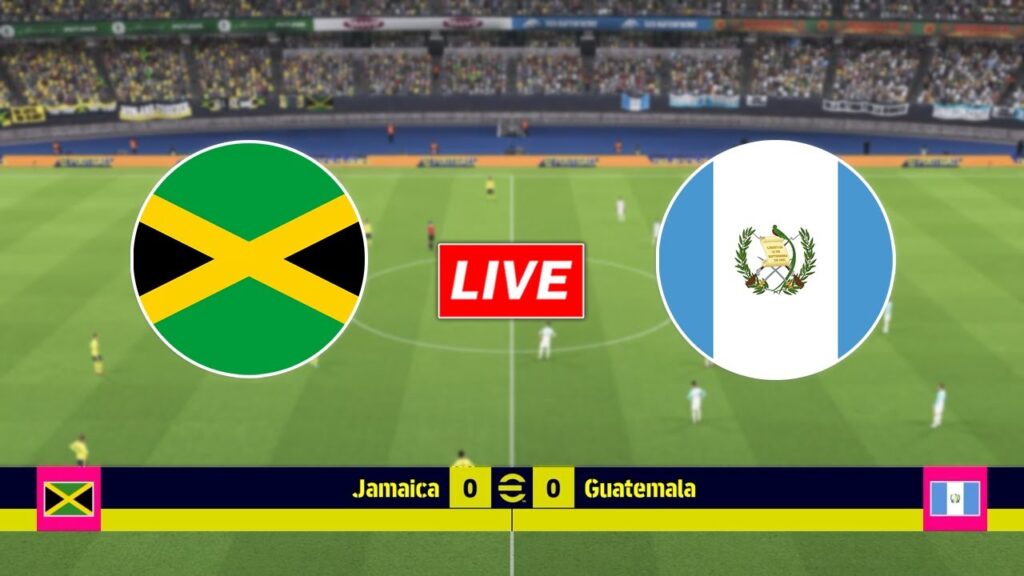
Introduction
The Caribbean nation of Jamaica and the Central American country of Guatemala, while geographically distinct, share a rich tapestry of culture and history. Understanding the differences and similarities between these two nations is crucial, as they both play significant roles in the socio-economic landscape of their respective regions. This comparative analysis delves into various aspects of their cultures, economies, and social structures.
Cultural Comparisons
Jamaica is renowned for its vibrant music scene, particularly reggae, and for its influential cultural icons like Bob Marley. Jamaican culture is deeply tied to its colonial history and the African roots of its population, which manifest in various forms of art, dance, and culinary traditions. In contrast, Guatemala boasts a rich indigenous heritage, with 22 recognized ethnic groups and a variety of languages, including Spanish and several Mayan languages. The blend of Spanish colonial influence and indigenous traditions creates a unique cultural landscape in Guatemala, reflected in its crafts, cuisine, and festivals.
Economic Framework
Economically, Jamaica and Guatemala differ significantly. Jamaica, with a GDP of approximately $16 billion (2022), relies heavily on tourism, mining, and agriculture. The country’s beautiful beaches and reggae music continue to attract millions of tourists each year, providing a vital source of income. Meanwhile, Guatemala’s economy, with a GDP of around $86 billion (2022), is more diversified, with agriculture (particularly coffee and sugar), manufacturing, and remittances from Guatemalans living abroad contributing significantly to its economic health.
Social Challenges
Despite their cultural richness and economic potential, both Jamaica and Guatemala face social challenges. Jamaica grapples with high crime rates and educational disparities, which affect social stability. The government has implemented various initiatives to improve security and education, but progress remains slow. Conversely, Guatemala suffers from high levels of poverty and malnutrition, particularly among indigenous communities. Initiatives to improve infrastructure, health care, and education are crucial in addressing these issues, but political instability often hampers progress.
Conclusion
In summary, Jamaica and Guatemala each possess unique cultural identities, economic frameworks, and social challenges. While Jamaica shines through its musical influence and tourism appeal, Guatemala stands out for its rich indigenous heritage and diverse economy. Understanding these nations’ complexities provides valuable insights into the broader Caribbean and Central American regions. As they navigate their respective paths toward social and economic development, continued awareness and support from the international community will be pivotal in fostering growth and stability.



